NAGASAKI, Japan—His greenish face is a picture of wan serenity, but his limbs—arms and legs—warn of something deadly and dire.
Anchoring this city’s Peace Park and perched among placid parkland, Seibo Kitamura’s masterpiece sits near the spot where, on Aug. 9, 1945, one of the largest atomic bombs ever detonated on earth rocked this southern Japanese city. One leg of the statue is folded in meditation, but the other is extended, ready to stand up and help. Eyes closed in prayer for the victims, one hand is extended in a gesture of peace, while the other, pointing up, indicates the threat—ever present—of death, from the sky.
It all seems a bit surreal, as the birds chirp around me, and a small family poses for a photo, right there, in front.
I’m in the tropical city of Nagasaki, on Japan’s southern island of Kyushu. During World War II, the H-bomb code-named Fat Man—dropped into the industrial zones north of the city’s core—essentially ended that massive conflict, in the process instantly wiping out as many as 40,000 of the city’s residents (ultimately, up to 80,000 would perish from the fallout).
But Nagasaki has fully recovered, and it offers much more than a history lesson.
A Lesser-Known Destination
Located on the blue, sub-tropical waters of the East China Sea, this city of a half-million people has developed into a major cruise port and tourist destination, but it remains less-known in the West.It’s home to three UNESCO World Heritage Sites, including Hashima Island, which is where I begin my adventures. Sailing out to the now-abandoned island—once a bustling city unto itself—the husks of its former industry are instantly recognizable to any movie buff.
“Do you like the island, James?” intoned Javier Bardem’s Raoul Silva to a captive Daniel Craig, a Bond villain taunting Bond himself, in 2012’s “Skyfall,” where Hashima serves as the stand-in for evil Silva’s lair.
In reality, this now-crumbling ruin was once one of the world’s most densely populated areas, when as many as 5,000 people lived and worked on these 16 acres, toiling in undersea mines to fuel Japan’s economic boom in the 1950s and 1960s before the mines closed in 1974.
Now, Hashima (or Gunkanjima, or “battleship island,” nicknamed for its appearance) is a ghost town, creepy in all the best ways. Rolling out from a breezy mainland pier and passing the massive Mitsubishi shipyards, a video on my tour boat describes life on the island, which had all the trials and triumphs of a regular community—schools, supermarkets, gyms, and a pachinko parlor (a cross between an arcade and a casino, these parlors feature row upon row of loud, colorful contraptions, the relative equivalent of a slot machine). But there was also disease—with such a closely-packed population, typhoid spread easily, and quickly.
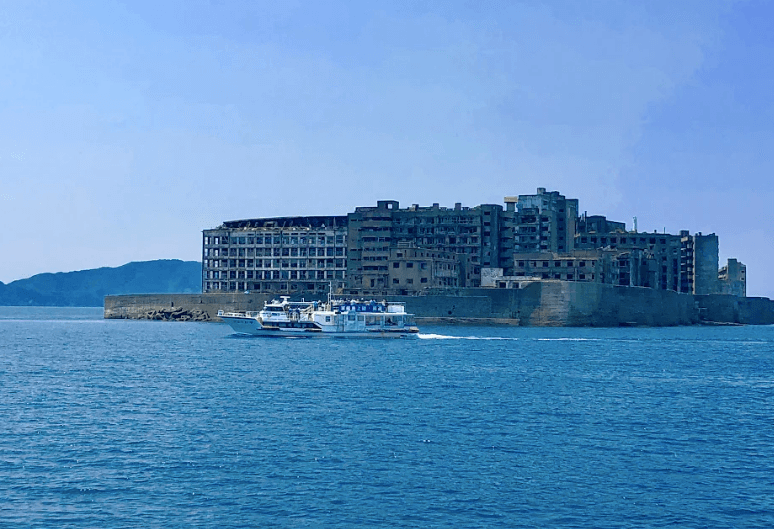
After circumnavigating the island—seeing it from various angles, it really does look like a battleship, crowned with tall buildings now emptied out, the sun visible, through-and-through, through windows to the other side—we disembark. A guide leads us along a well-marked path through the town, while, at each turn, flashing photos of how each building and street looked at its populated peak.
We learn about the difficulties of working here—temperatures in the 1,966-feet-deep mine shaft reached 98.6 degrees Fahrenheit, with 95 percent humidity.
“Imagine working all day in a sauna,” our guide illustrates, noting that after the shift was done, workers would head straight to the public baths, jumping right into them—uniform and all.
But it wasn’t all hardship—life moved at a remarkably idyllic pace in this strange place. Nobody locked their doors. People shared their food. Children played on rooftops, and couples sat along the seawall—teased by the kids above, on those rooftops.
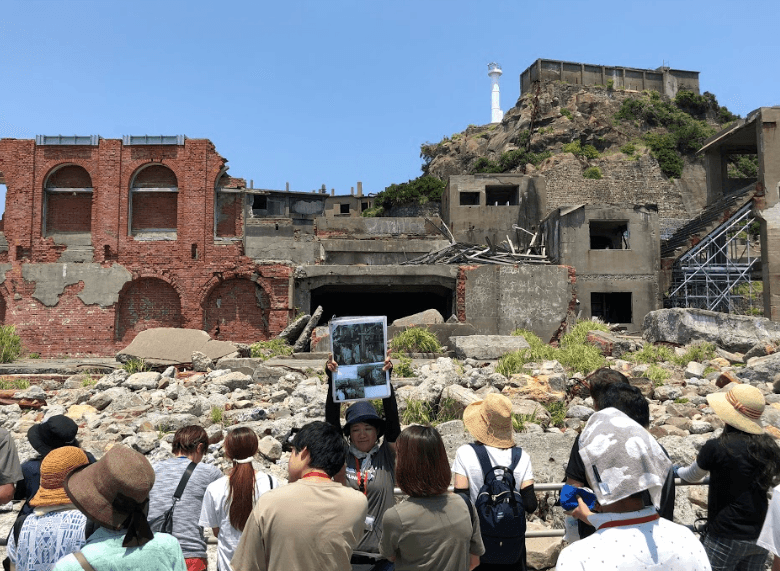
Nagasaki
Landing back in Nagasaki, I continue to explore the city itself. Feeling even smaller than its relatively diminutive size, it’s a compact place, conveniently linked together by a tourist tram, which offers a well-priced day-pass option. Pass in hand, I traverse this hilly city. I visit the white, hilltop Oura Cathedral, a pilgrimage site dedicated to 26 Catholic martyrs killed here in 1597.At sunset, I ride to the top of the Mount Inasayama Ropeway, a gondola spiriting guests to the 1,000-foot summit, watching the evening hues cast over the surrounding hills, harbors, and city.
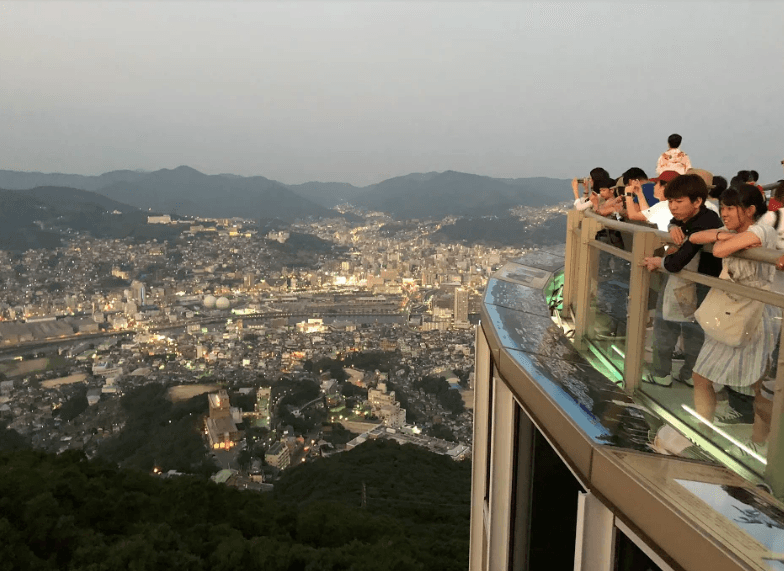
After dark, I stroll through Chinatown, which lights up at night, and serves up a type of seafood ramen invented here, while visiting a museum that exists in its honor. And I spend a day at a beach-lined island with cabanas and umbrellas, and two separate nights at a seaside wharf with al fresco dining, calm waters lined with sailboats, and good international restaurants.
And I spend an afternoon at Dejima—which was once Japan’s only outlet to the rest of the world. During the now-forgotten Period of National Isolation, from 1641 to 1859, when the country was sealed off from the rest of the world, this artificial island—a Dutch outpost—served as the sole place of meaningful trade between Japan and the international community.
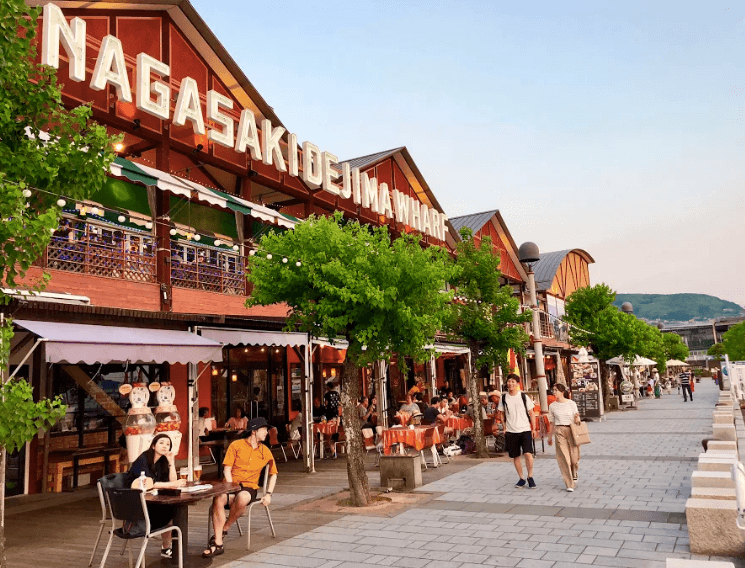
Now fused to the mainland and integrated into the central business district, it’s preserved as strange, wonderful Euro-Asian fusion, a living history museum with docents in conical hats and reconstructed rooms that look like they were picked up on the continent, transported across oceans, and dropped here on Kyushu. A hot day with few visitors, I linger in the air-conditioned museum galleries, learning about this odd period in Japanese history.
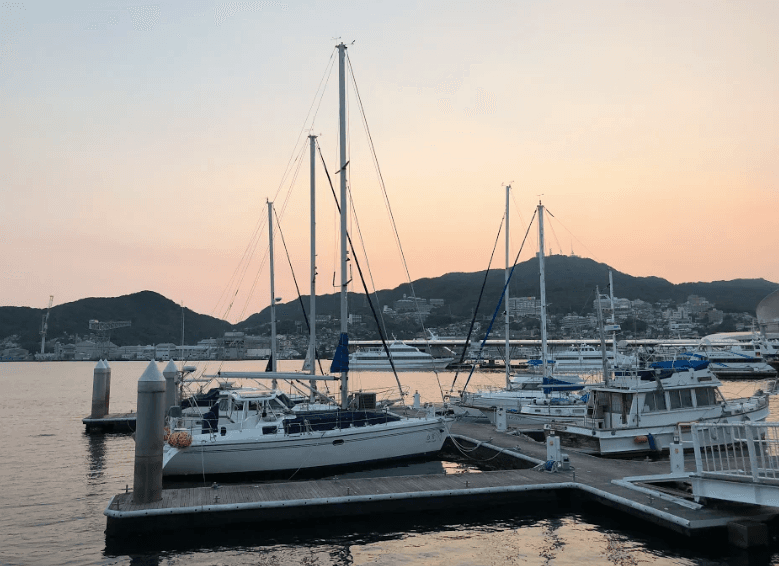
Peace Park
I finish my visit—appropriately enough—back at the Peace Park. Hiroshima receives more visitors—it is situated right on the main line of the bullet train on the larger island of Honshu, closer to Tokyo. But Nagasaki’s graceful commemoration of that fateful day, and its aftermath, seems to stretch on forever. I visit a museum that features a wall clock stopped at the precise moment that everything changed—11:02 a.m. on Aug. 4, 1945—as well as the remaining walls of the once-grand Urakami Cathedral, and a reconstruction of the Fat Boy bomb itself, a big, lethal, yellow egg.Back outside, I wander up a canal, through plazas and green spaces, monuments built by sympathetic nations around the world, a fountain, the spray of its dancing jets refreshing me on this hot summer day. And then, I finish at Kitamura’s massive statue. Tracing my gaze to his finger, elevated to the heavens, all I see is sun, and blue sky. Nearby, a group of schoolchildren ride by on their bikes, clad in school uniforms, chattering and laughing, just another summer day, no recognition of the devastation that once reigned in this very place.
Taken together, it’s a testament to peace, but also to regeneration and, above all, the durability of the human spirit. My stomach rumbling just a bit, I set off, back to the waterfront piers, for a little fresh fish, and the sunset, over there by the white sailboats.
When You Go
Located near the main train station along the primary tram line, The Hotel Nagasaki (part of BW’s Premiere Collection) provides a whiff of grandeur and comfortable, convenient rooms.For more information, and to book tour tickets for Hashima Island, check out Gunkanjima-Concierge.com/en/
To plan your next journey to Japan, consult the official website of the Japan National Tourist Office: US.JNTO.Go.jp/
Toronto-based writer Tim Johnson is always traveling, in search of the next great story. Having visited 140 countries across all seven continents, he’s tracked lions on foot in Botswana, dug for dinosaur bones in Mongolia, and walked among a half-million penguins on South Georgia Island. He contributes to some of North America’s largest publications, including CNN Travel, Bloomberg, and The Globe and Mail.

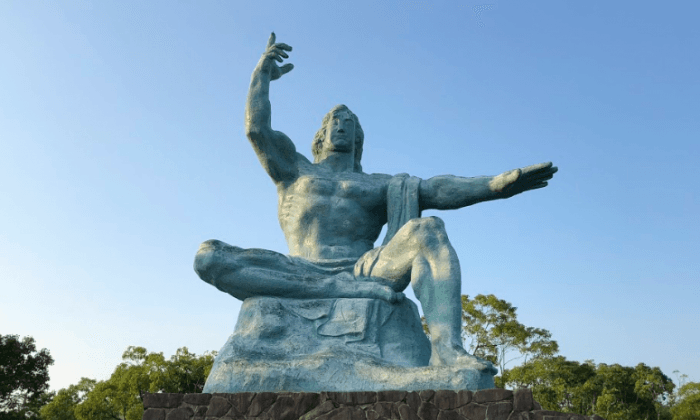
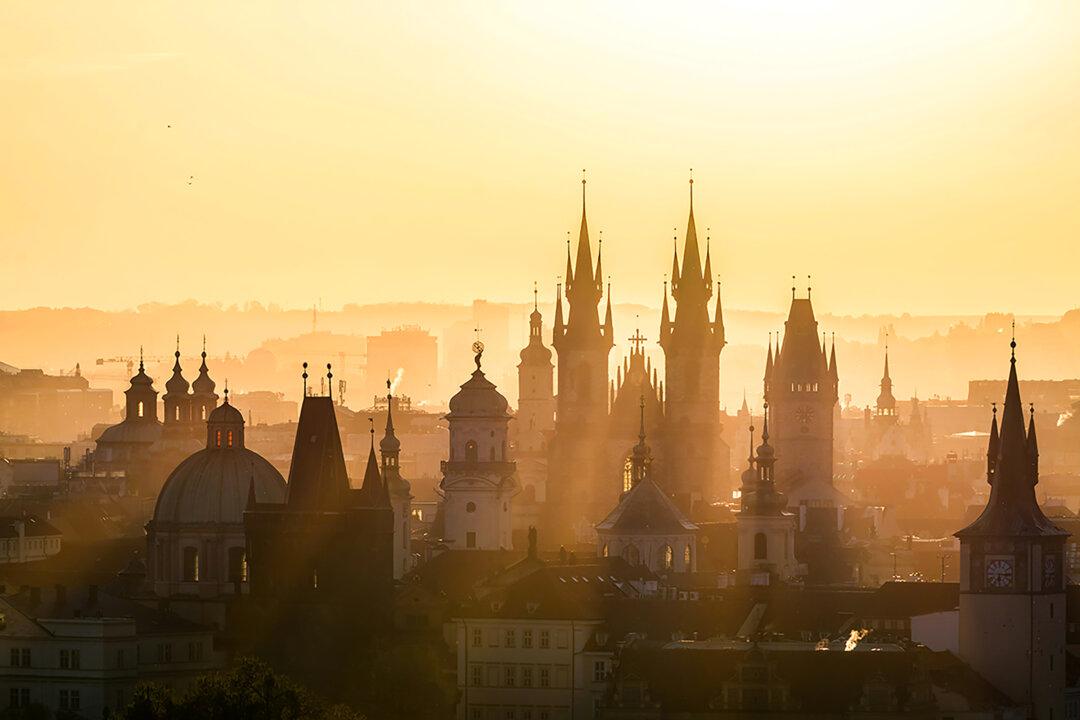
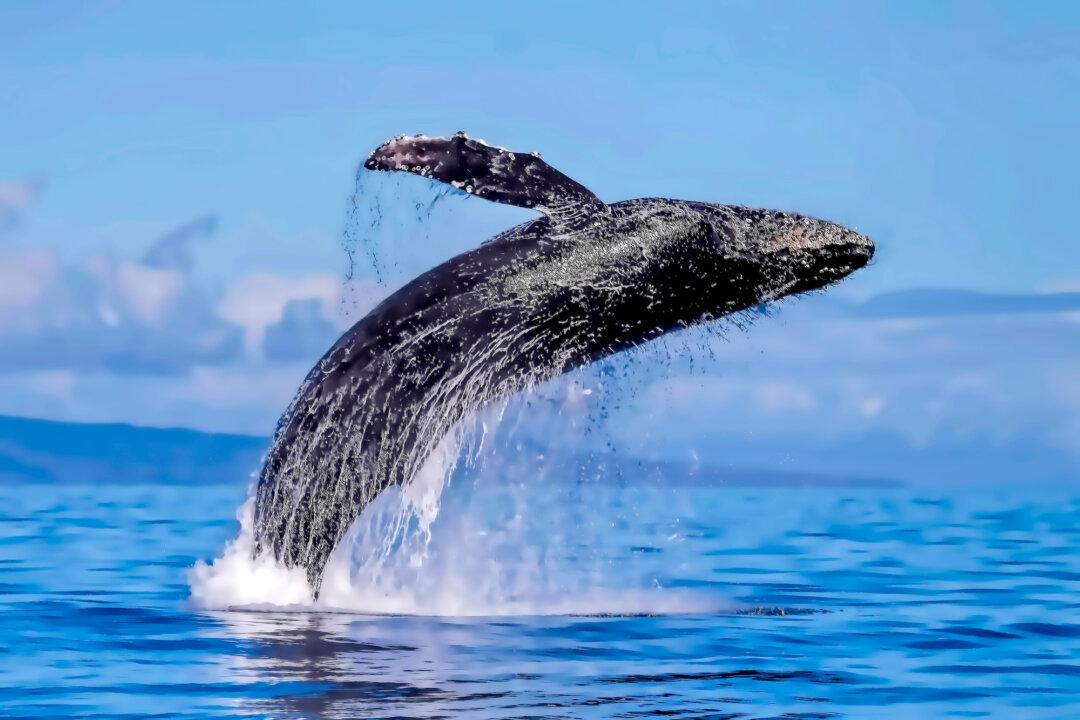

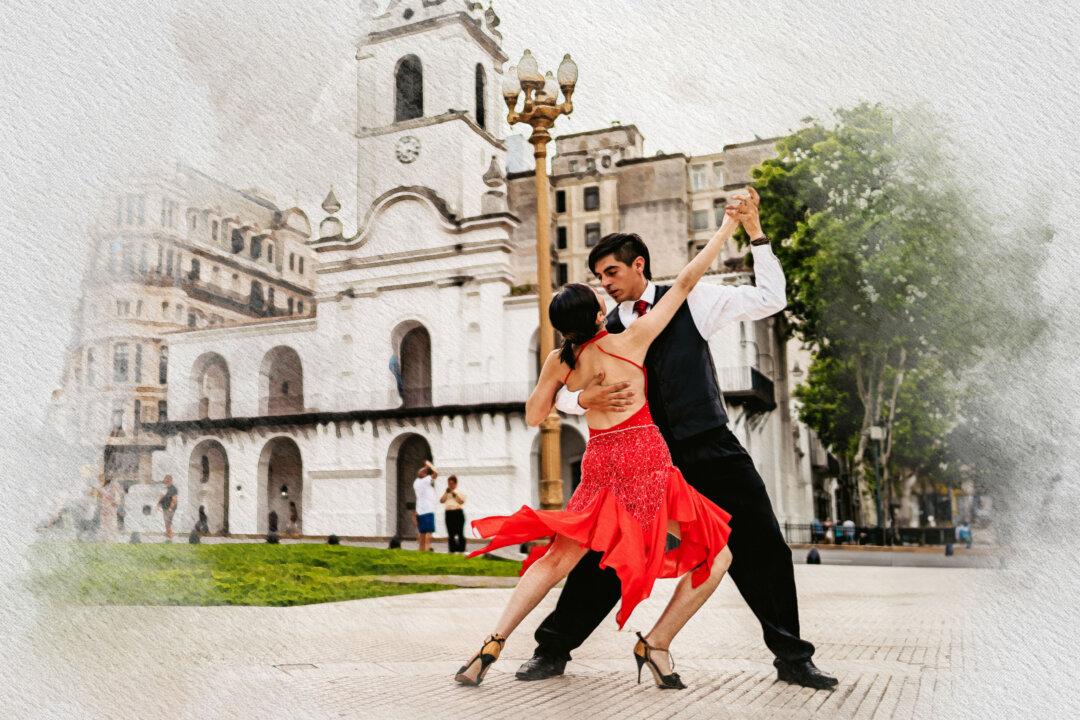
Friends Read Free